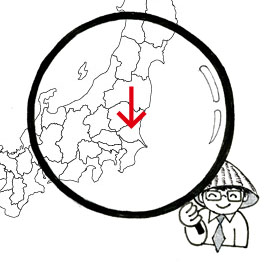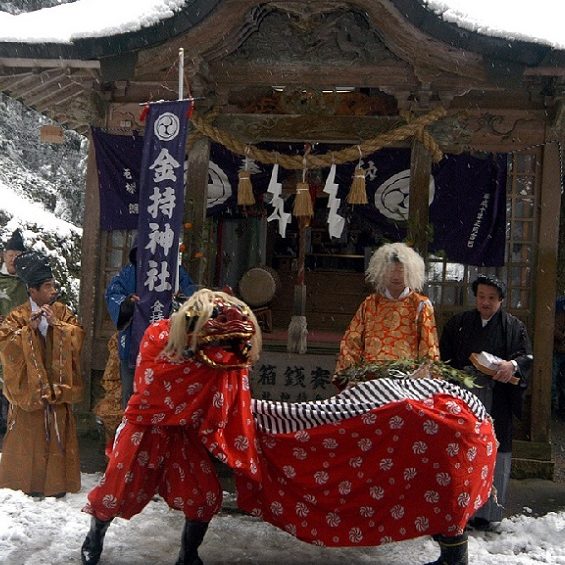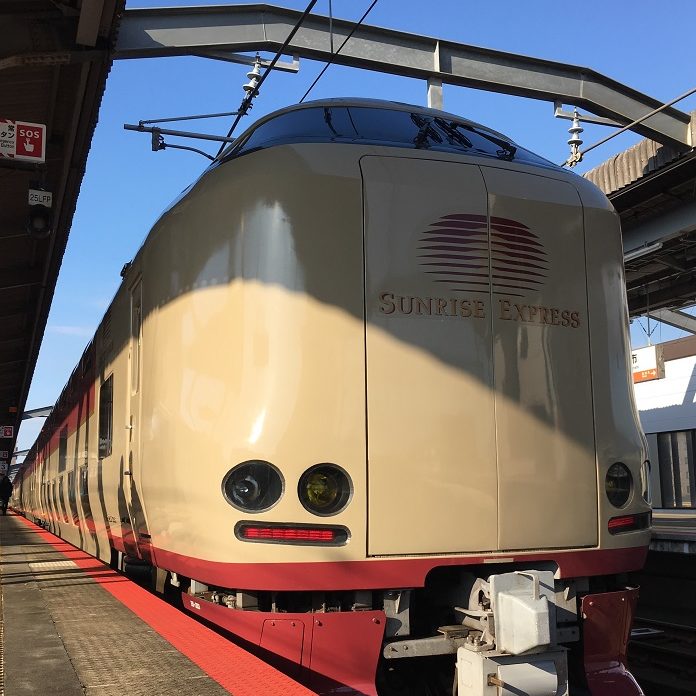- Viewpoints
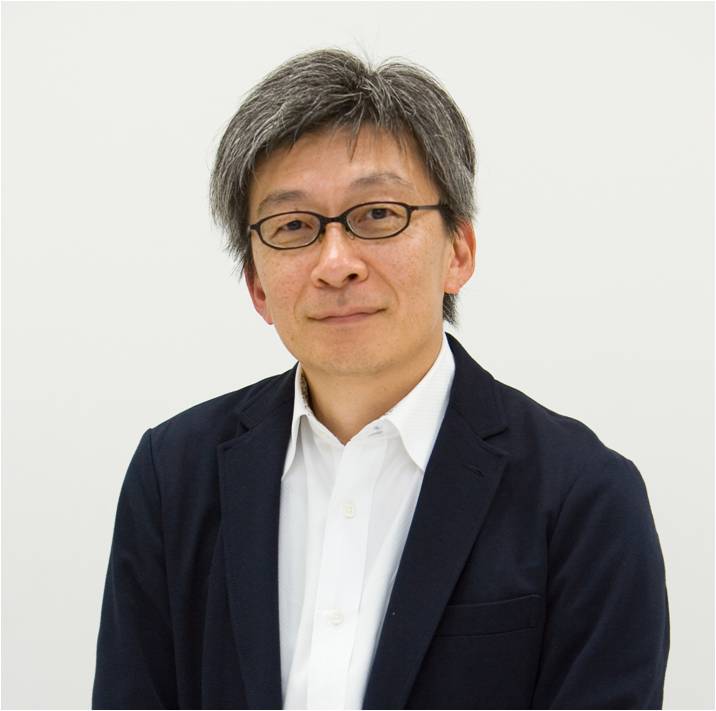
Sub leader, Hakuhodo Brand Design
It’s almost school entrance exam season. How are all of you students doing? Are you ready? You’ve probably worked very hard, and I hope that your hard work will bring out your full potential during your exams. You can do it!
Since the Japanese school year starts in April, all of the entrance exams take place at the end of winter, filling temples and shrines with New Year visitors as well as students hoping to find the luck that will help them pass their exams.
A trend has even developed in how they wish for good results–with a pun on well-intended words and phrases. Japanese people have always loved combining good fortune with word play, but I’ve been seeing good-luck products with witty twists on words like “win” and “pass” now more than ever. Basically anything not to “slip,” the term used in Japanese to refer to failing these important exams. Let me tell you a story about developing a product that embodied this very trend.
It was about 12 years ago in Sakuragawa, a town known for its splendid blooms of wild cherries as well as other cherry trees protected as natural treasures, when the residents started the Sakuragawa Cherry Blossom Project in hopes of revitalizing their community.
How could these famous cherry blossoms effectively leverage local development? The project team wanted to use the trees in town promotional materials, but the popular Yoshino cherry trees only blossom for one week, and even with all types of wild cherry trees combined, the blossoms would only last for one month at the most. That was too short, and wouldn’t be able to attract people year round. There had to be another way.
In the midst of rigorous brainstorming, as we sampled products from other regions and developed our own at the local chamber of commerce, the head priest of Isobe Inamura Shrine told us the following story.
In Japan, trains travel through, over, and between soaring peaks. A backdrop of majestic mountains may be beautiful to the eyes but mean nothing but trouble for the trains that have to climb the inclines. As the grade steepens, the wheels of the train are more likely to slip and will not be able to ascend without sand on the rails for better traction.
The JR Iida Line, which connects the mountainous regions of Aichi and Nagano prefectures in central Japan, is famous for its steep route up lofty ridges. In order to climb up the sharp gradient, it was particularly important to choose the right type of sand to coat the rails. They couldn’t just use anything–they needed the hardest sand they could find. After sifting through all types of sands, they came across the sands from Sakuragawa and treasured its quality so much that they refused to use sand from anywhere but Sakuragawa.
Sakuragawa is one of Japan’s three major stone production areas, known for its premium-grade granite. The hard stone as sand protects the ascending train from slipping… Wait, if “stone” in Japanese is a homonym to a person’s “will,” and “slipping” can be a metaphor for failing, then this whole concept could be construed through wordplay as something like: a strong will protect students from failing their entrance exams…”
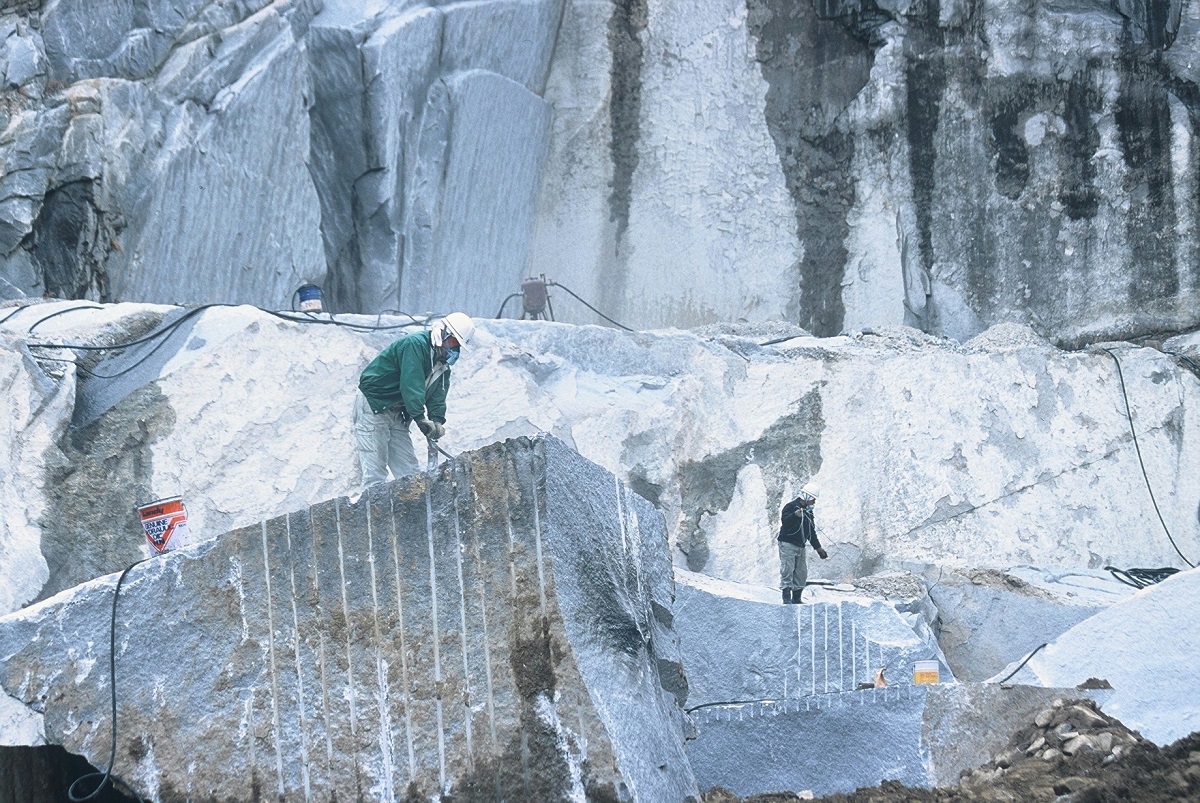
That’s it! We hit upon the idea that students could use the hard sand from Sakuragawa to wish for success on entrance exams. Moreover, once their wishes came true, the rare blooms of the cherry trees, both wild and treasured, would celebrate their triumphant return in the early spring. These sands may actually bring people to this town, we thought. “No-slip sand. This is it!”
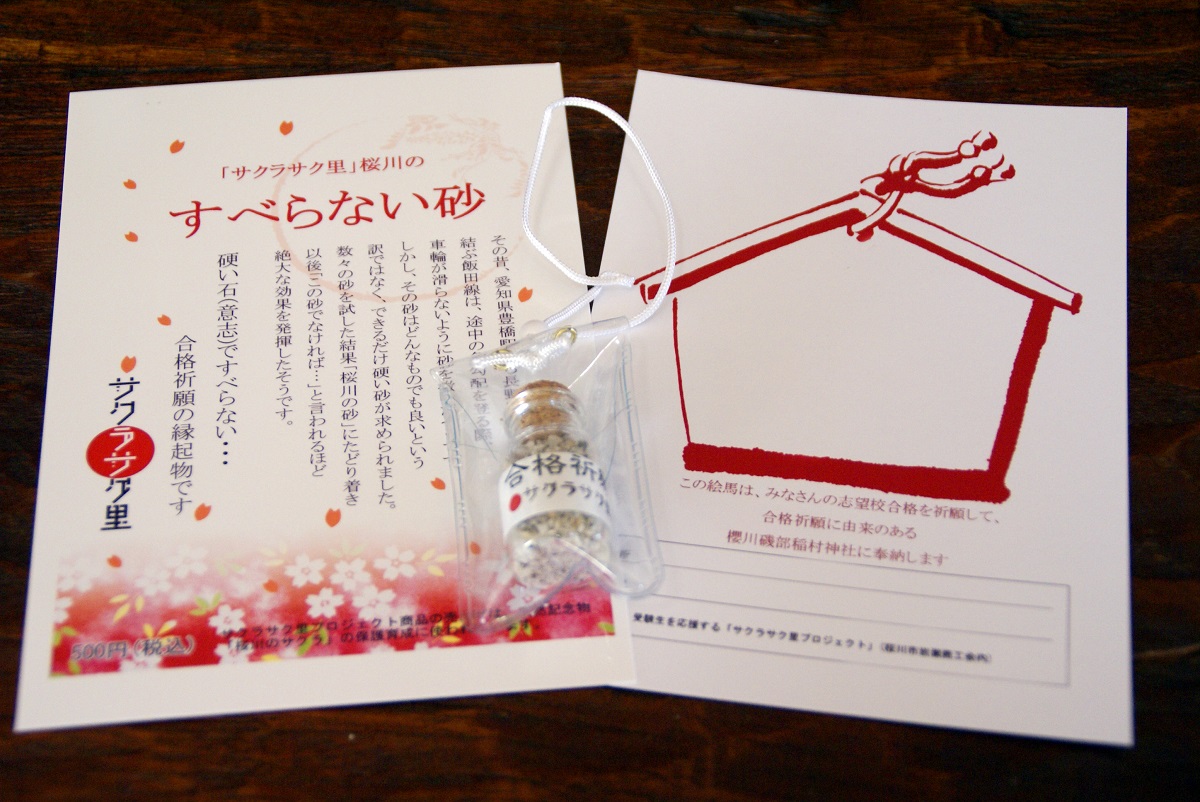
We started promoting the sand however we could, and we soon received an overwhelming number of inquiries from department stores, cram schools, and even from companies that boasted the word gokaku, or “to pass,” in their name.
Isobe Inamura Shrine started to offer the slip-free sands with their ema, small votive tablets where people write their wishes. They even made a giant ema on the shrine premises for students to make their wishes as well as a granite prayer stone.
All of the sand was hand-bottled by the people involved in the project, sometimes over 1000 bottles at a time. Unfortunately, the trend only lasted for a blink of an eye as people got busy and couldn’t keep up with the amount of work. Meanwhile their cherry trees were gaining recognition, and the preservation of their natural treasure became more and more time-consuming.
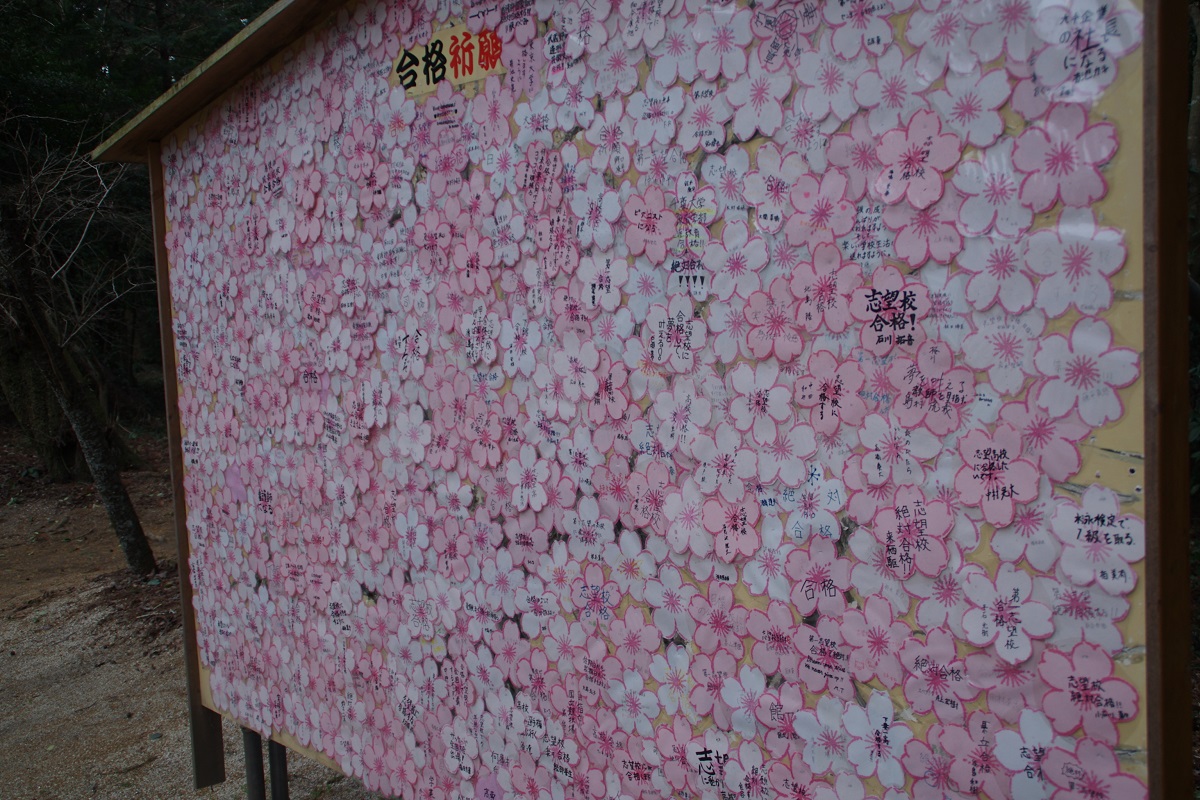
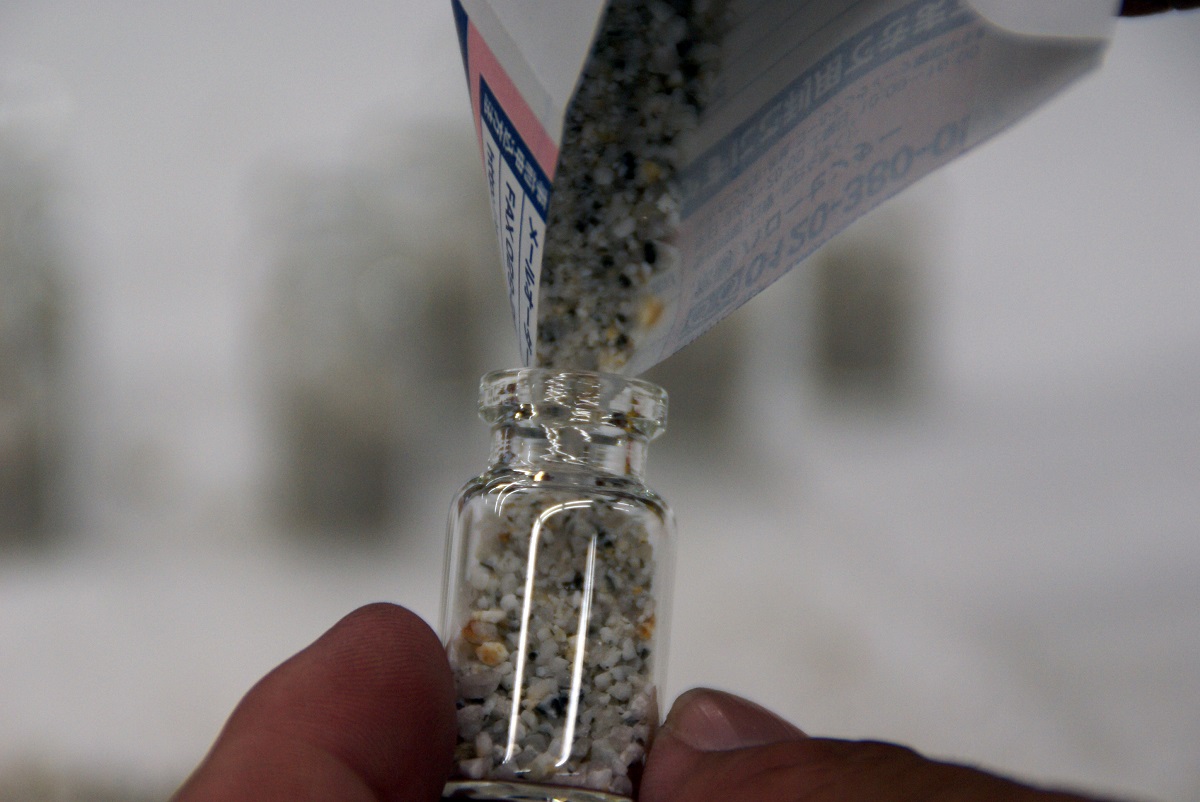
Community development is hard to read. Good intentions can have unexpected outcomes. It is important to take things one step at a time without overstepping the capacity of the community. That’s the lesson I had to learn.
You can still buy no-slip sand at the shrine, of course. It hasn’t lost its place as a good luck charm. And these days, people take all sorts of qualification exams – from English proficiency tests and TOEIC to ones for personal enjoyment such as kanji character, history, and sommelier certifications. People take exams all year around, and all year around people pray for success. If you’re looking for a job, this may also be the place for you to go.
If you’ll be taking an entrance exam soon, prepare by visit Isobe Inamura Shrine in Sakuragawa to wish for a successful exam, write your wishes on ema, and get some no-slip sand for good luck.
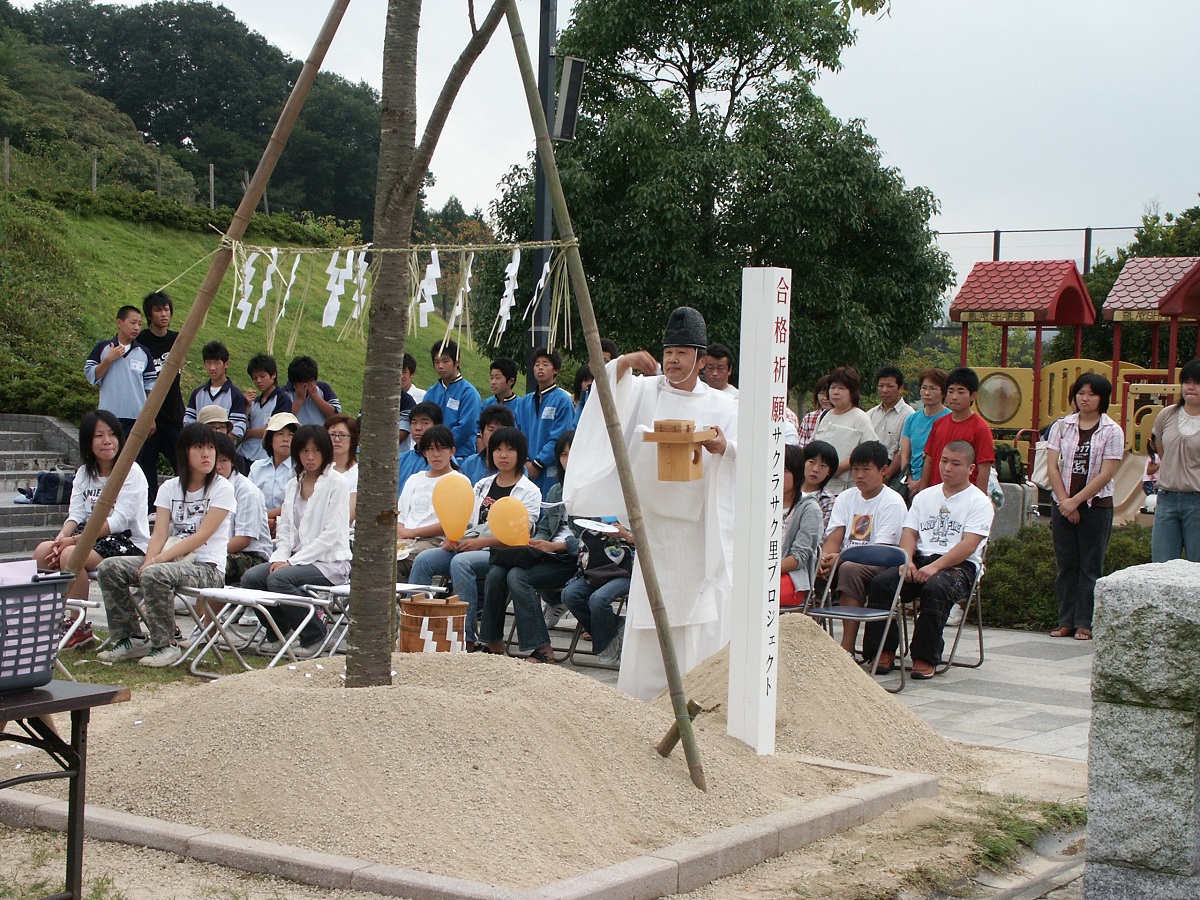
Once you’ve passed your exam, come back to Sakuragawa. All of your hard work will be rewarded by the most beautiful mountain cherry blossoms you have ever seen. And the “no-slip sand” you used before your test? All of the profits go toward the protection and preservation of the cherry trees as national treasures.
The beauty of Sakuragawa’s cherry trees has long been honored as the best in eastern Japan, opposite of Yoshino to the west. Wild cherry trees paint the Tsukuba mountain range in gorgeous pink every spring. It’s the kind of view that make me grateful to be living in Japan.
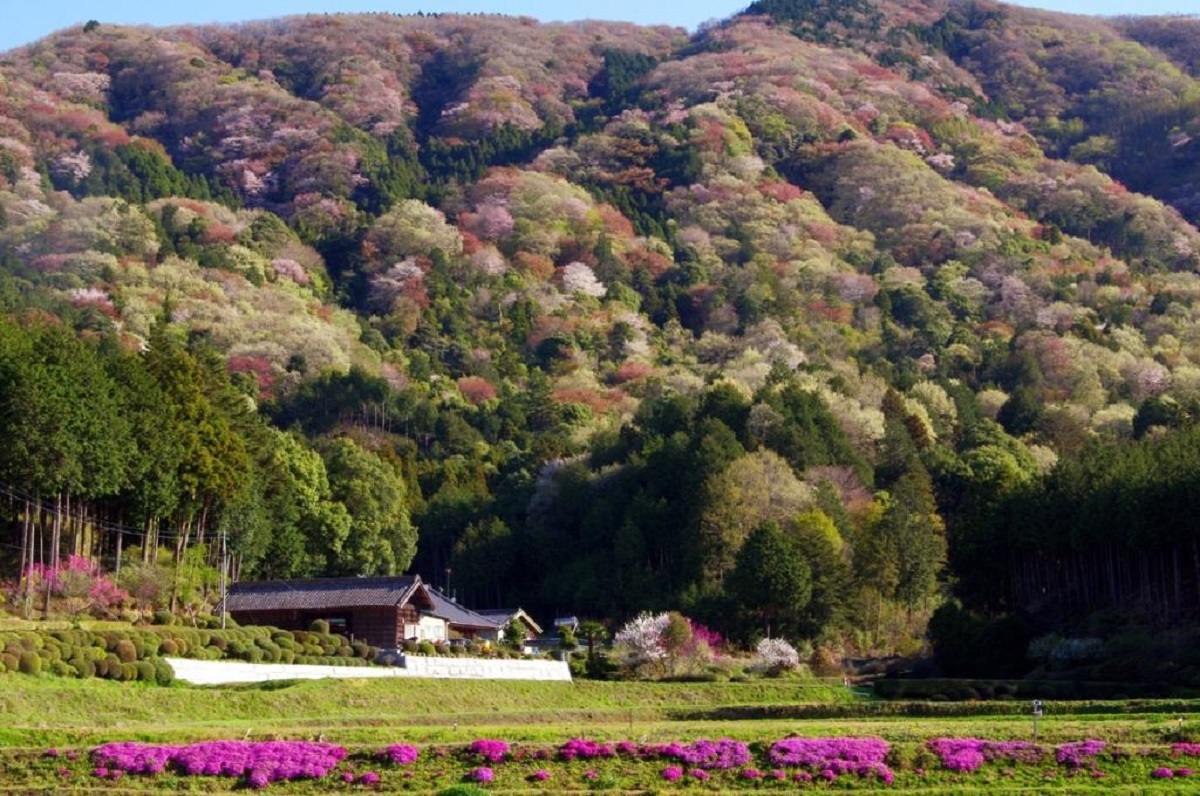
To all of the students out there, take care of yourself and best of luck on your exams. The cherry blossoms are right around the corner.

